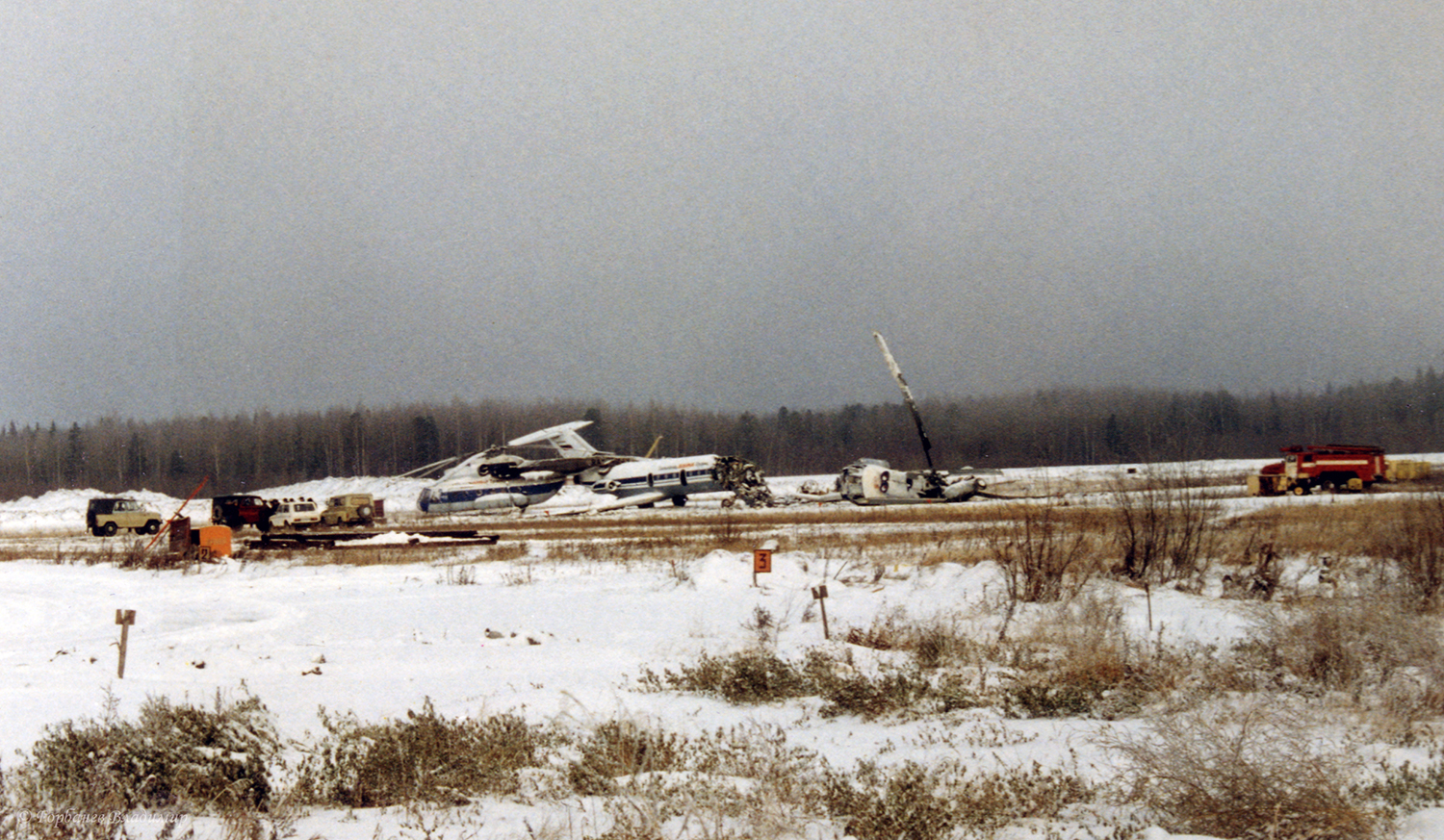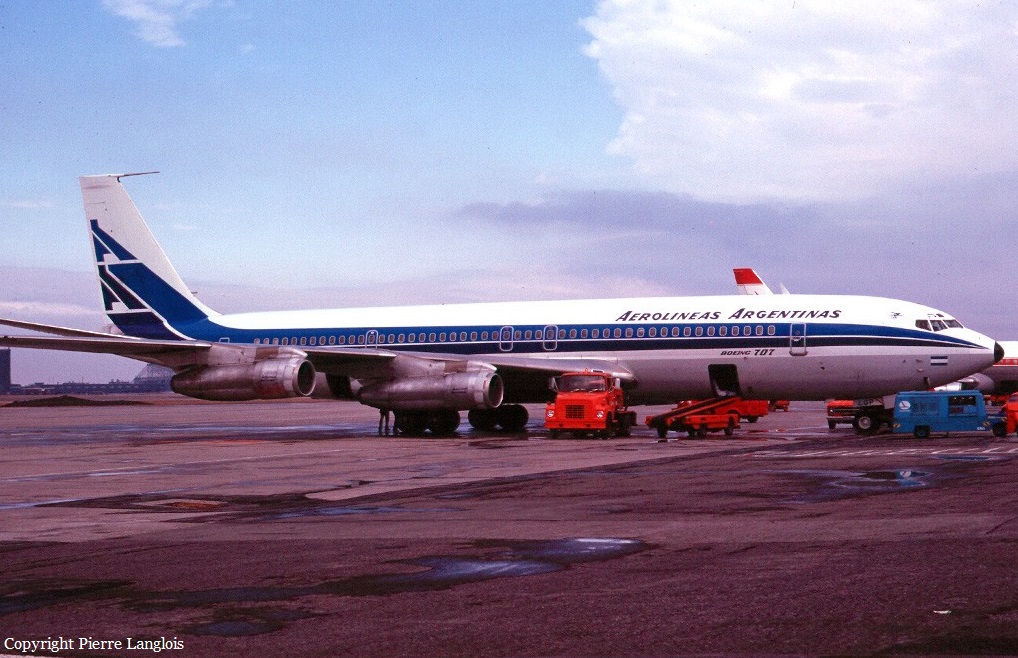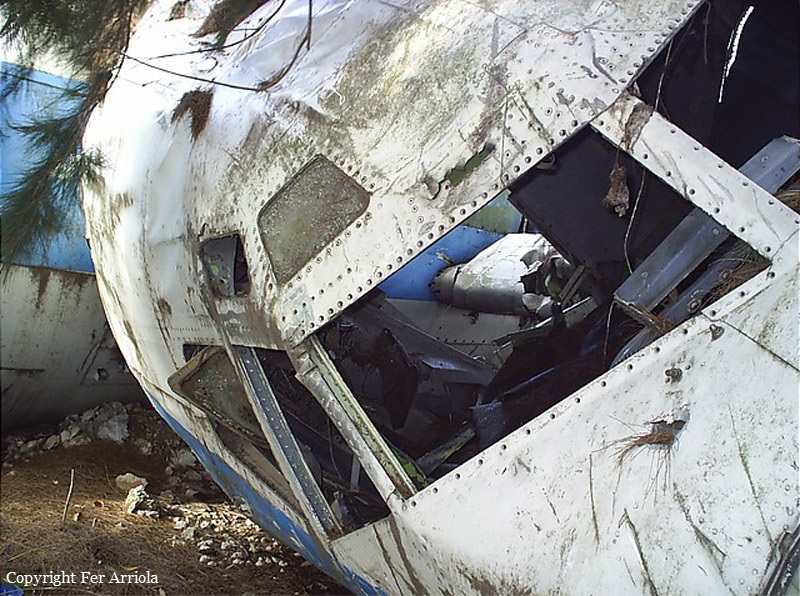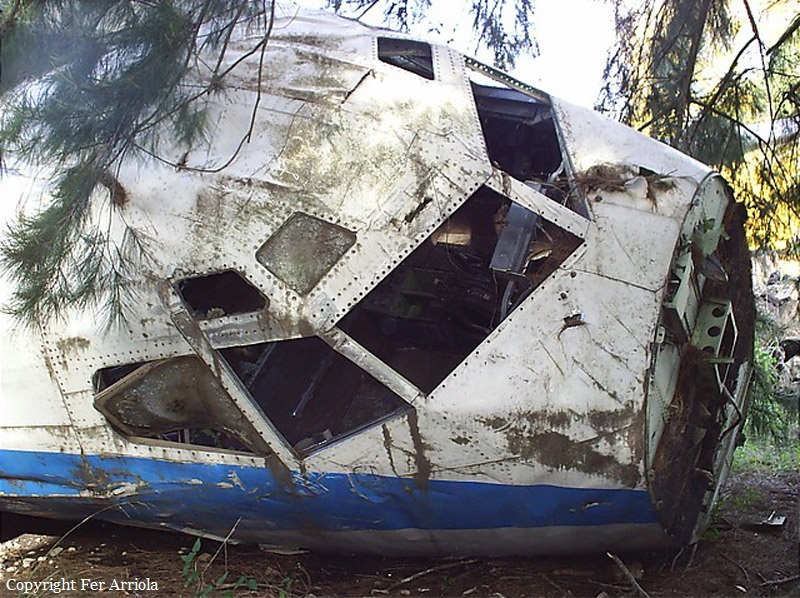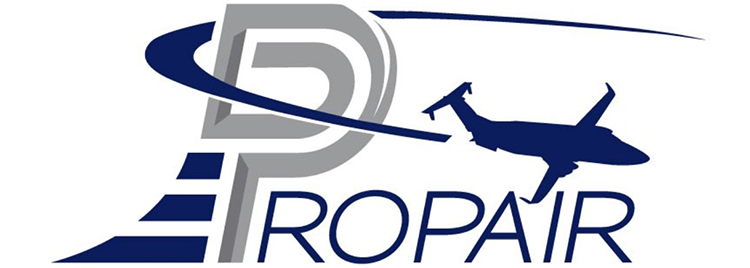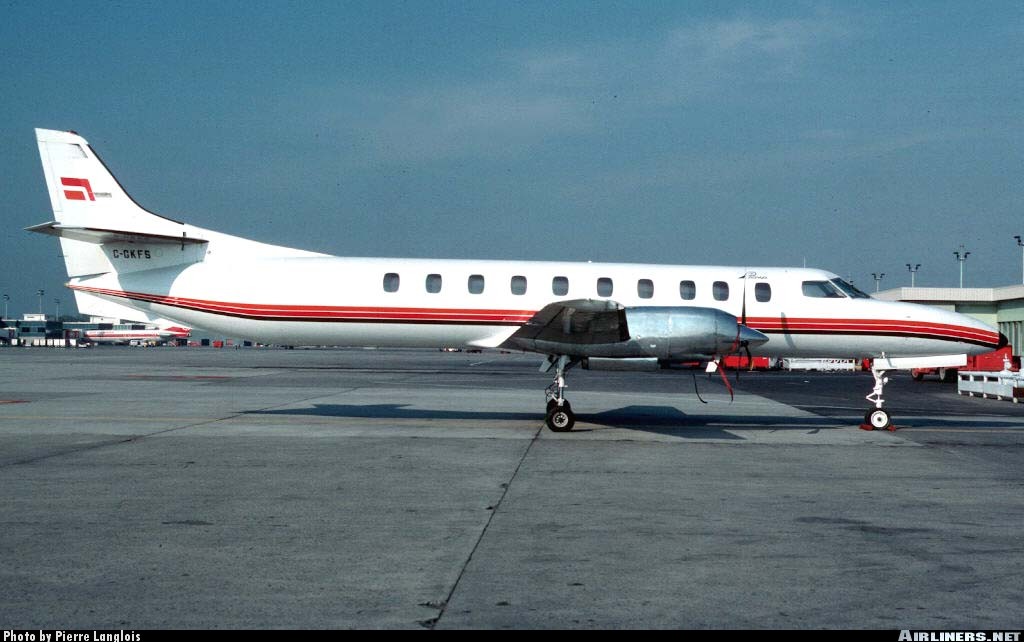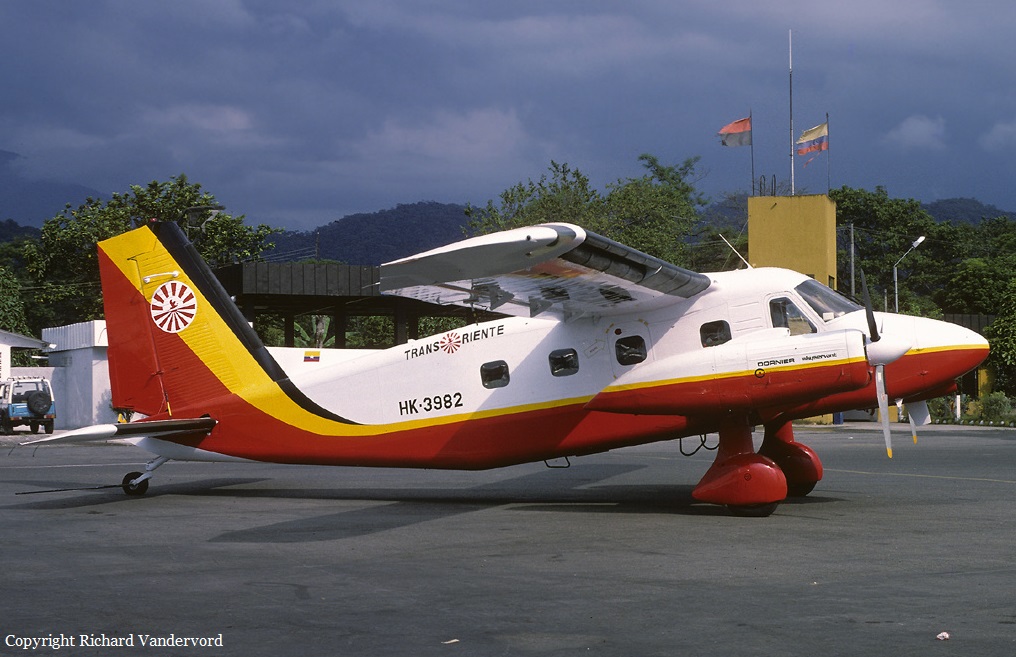Crash of a Yakovlev Yak-40 in Khanty-Mansiysk: 5 killed
Date & Time:
Oct 26, 1996 at 2044 LT
Registration:
RA-88257
Survivors:
Yes
Schedule:
Tyumen - Khanty-Mansiysk
MSN:
9 71 12 52
YOM:
1977
Crew on board:
4
Crew fatalities:
Pax on board:
33
Pax fatalities:
Other fatalities:
Total fatalities:
5
Aircraft flight hours:
21765
Aircraft flight cycles:
16947
Circumstances:
Following an uneventful flight from Tyumen, the aircraft was approaching Khanty-Mansiysk Airport by night and poor weather conditions due to snow falls and a visibility limited to 5,300 metres with a cloud base at 400 metres. On final approach, the aircraft descended below the MDA when it landed at a speed of 190 km/h on an helipad located 159 metres to the left of the runway and 950 metres from its threshold. The aircraft collided with three parked helicopters and crashed. Both pilots, a third crew member and two passengers were killed. The aircraft as well as three helicopter registered RA-22313, RA-25144 and RA-25939 were destroyed.
Probable cause:
The following findings were reported:
- The crew did not have sufficient information about the deterioration of the weather conditions at destination,
- The crew decided to continue the approach in a visibility that was below minimums,
- The power of the ground light system located at the helipad was higher than the runway light system, in conditions of limited visibility, which caused a wrong perception of the crew.
- The crew did not have sufficient information about the deterioration of the weather conditions at destination,
- The crew decided to continue the approach in a visibility that was below minimums,
- The power of the ground light system located at the helipad was higher than the runway light system, in conditions of limited visibility, which caused a wrong perception of the crew.
